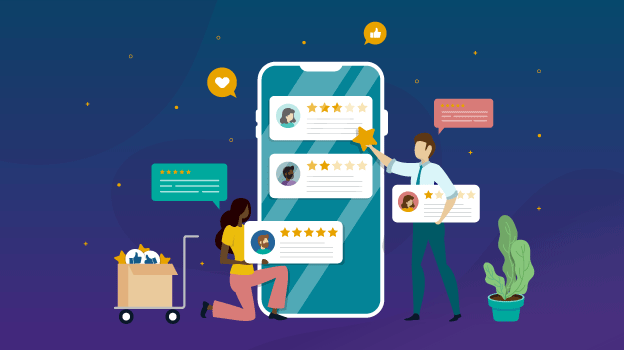
The entrepreneur’s guide to buyer personas for online courses
Buyer personas are profiles that you make to learn how, when and why a learner decides to buy your courses. They are useful for creating better courses, selling them easier and staying relevant to your learners.
Creating a buyer persona can be a bit tricky at first, but with research and the following tips, you’ll do just fine.
-
Data about your learners
A buyer persona refers to the composite image of your learners. This includes details on where they get their information from, who they are, where to find them, and more.
-
An identity
Having a name and a face for your persona helps you visualize what your ideal learner looks like. Then you can relate to them and adjust your branding and marketing message accordingly.
-
Their background
Based on the specific of your courses, you can gather relevant information on your buyer personas. For example, some templates include their job, the industry that they work in, age and location.
-
How they search for information
People have different ways of consuming data, so it’s not easy to know where to find them. Still, it’s helpful to gather data on how certain demographics use social media, for example.
-
What are their pain points?
Making generalized assumptions about what people want is wrong. You need to find out their main challenges, what bothers them, and how they tried to solve those issues.
-
Need specifics
Try not to base your buyer persona on a single person that you know, yourself included! Instead, do your own research to find out specific information.
-
Keep it real
Putting things together can leave you with some inconsistencies. You also need to find out their daily schedule, what type of tech they use and other facts that make them a “real person”.
-
Who to interview?
Buyer persona interviews help you determine your ideal customer. Current or past learners are ideal candidates but interviewing those who fit the buyer persona profile also works.
-
How many people to talk to?
There is no magic number as it depends on where you are in your knowledge entrepreneurship journey. However, the quality of data is more relevant than the quantity.
-
How to structure an interview?
Prepare a list of questions, but don’t hold on too much to it. Allow them to talk freely and reflect about their buying habits if you want a useful answer.
-
What to look for?
Demographic data is good, but not enough to learn how, when and why they make a decision. You need details about their mindsets, motivations, goals and behaviors.
-
Listen and take notes
Recording answers during interviews is a good idea, but only when you ask for permission first. Taking notes is also vital, but asking the right questions, including the tough ones, will help you create better content.
Visit our Blog for insightful posts on e-learning for entrepreneurs.







